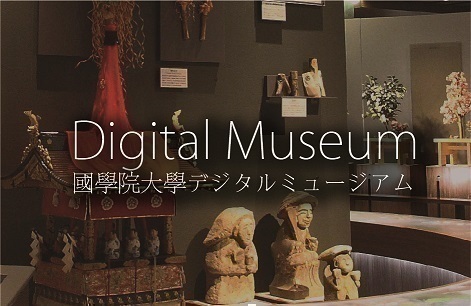- トップ
- Encyclopedia of Shinto
- Kyūchū sanden
Encyclopedia of Shinto
| Main Menu: | |
| Links: |
詳細表示 (Complete Article)
| カテゴリー1: | 3. Institutions and Administrative Practices |
|---|---|
| カテゴリー2: | The Emperor |
| Title | Kyūchū sanden |
| Text | (Inner Sanctuary of the Imperial Palace) Kyūchū sanden (Inner Sanctuary) refers to the three Imperial Palace buildings located in the southeastern part of Fukiage Park (Fukiage Gyōen): the Kashikodokoro, the Kōreiden, and the Shinden. The Kashikodokoro houses the sacred mirror of the imperial ancestor Amaterasu ōmikami; the Kōreiden houses the spirits of the emperors and imperial family; and the Shinden is where the tenjinchigi (the kami of heaven and earth) are worshipped. Out of these three structures, the Kashikodokoro — also known as the Naijidokoro or the Unmeiden — has been a site of worship from antiquity. The Kōreiden and the Shinden, however, were moved to the imperial grounds during the restructuring of imperial rites in the wake of the Meiji Restoration. The Kōreiden, which had been part of the Shinden in the Jingikan (established in December 1869), was moved to the imperial palace in the ninth month of 1871. At this time it was known as the "Kōbyō," and also included the Kashikodokoro. Originally, only the earliest emperors were worshipped at the Kōreiden, but, in 1878, all members of the imperial family were included. With the abolishment of the Department of Shinto Affairs (Jingishō) in March 1872, the tenjinchigi and hasshin (eight kami) that had been worshipped in the Jingikan and at the Hasshinden of the Jingishō (Pavilion of the Eight Kami) were moved onto the imperial grounds. In this same year, the tenjinchigi and hasshin were installed together in the Shinden. With this, the basic structure of the current Inner Sanctuary was established. In June 1873, however, due to a fire in the imperial palace, these buildings were moved to the temporary imperial grounds located in Akasaka. In January 1889, with the completion of the new buildings on the current imperial grounds, these three structures were moved to the location they have retained until today. — Sakamoto Koremaru |




